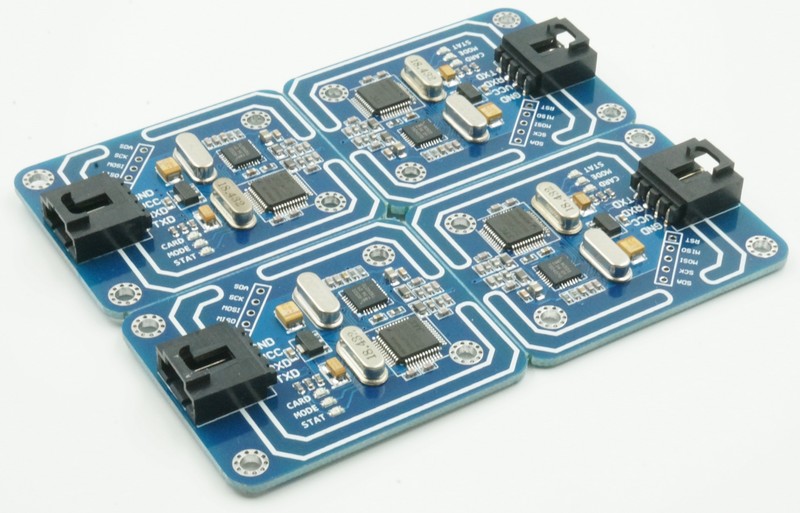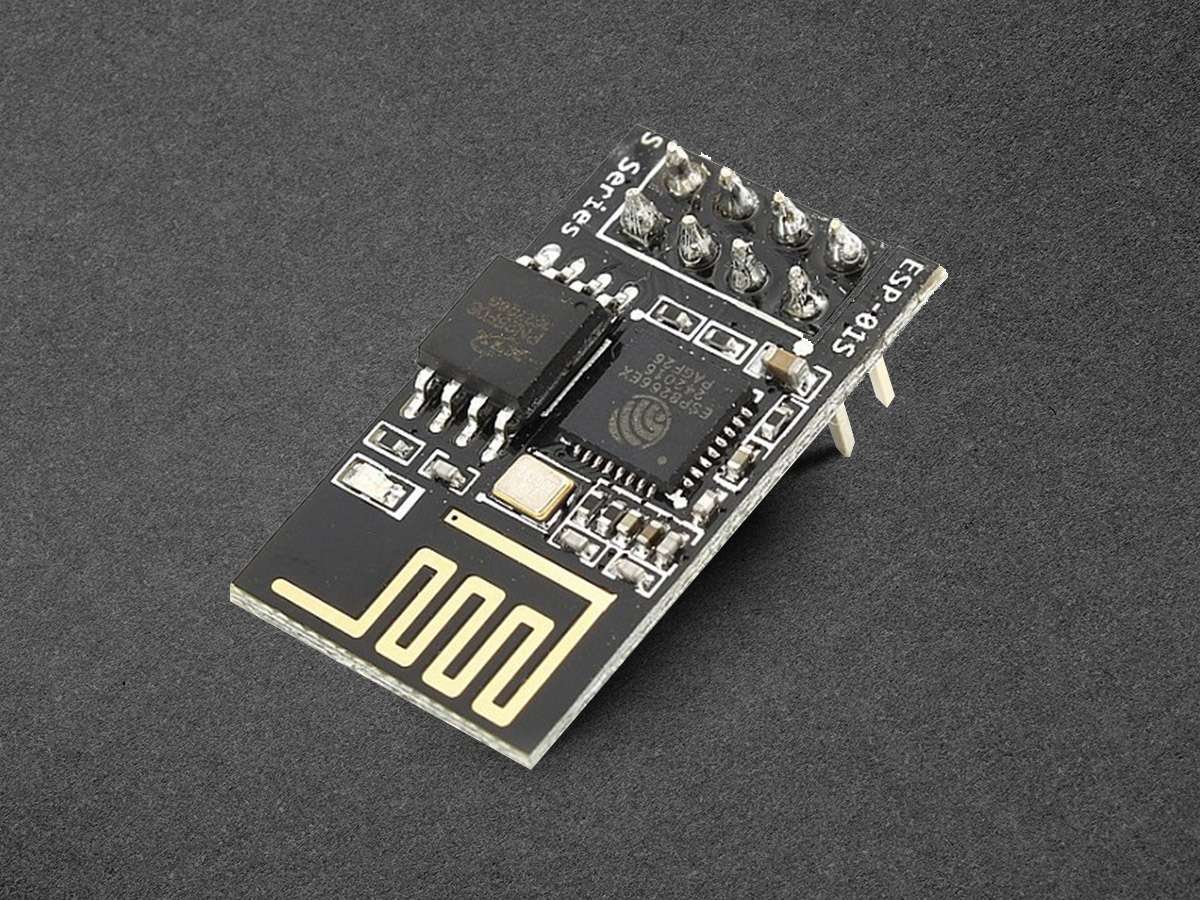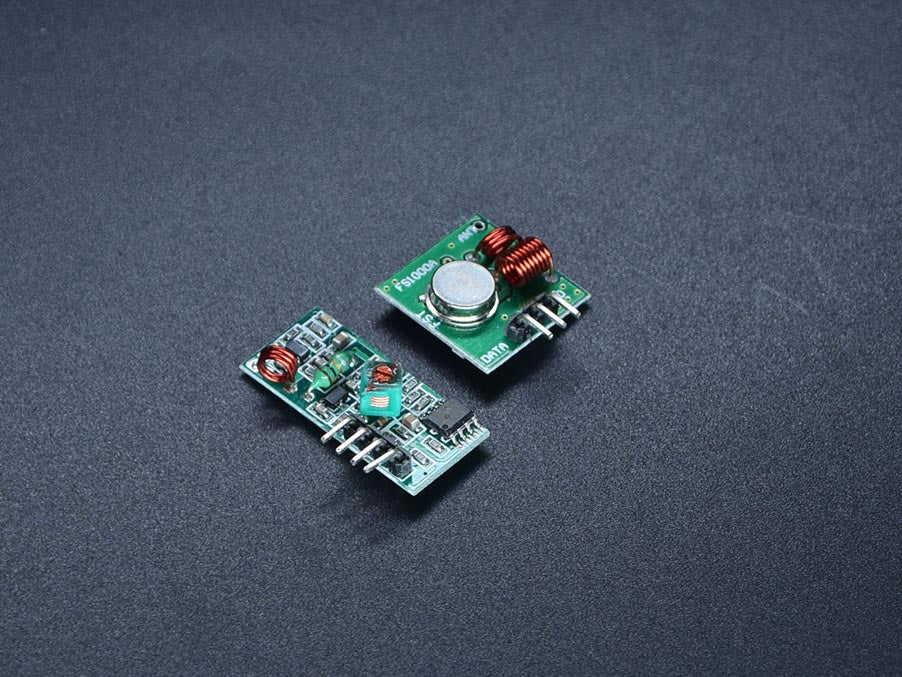Learn how LoRa modules are changing IoT connectivity
The Internet of Things (IoT) has revolutionised nearly every industry, connecting billions of devices worldwide. This transformation would not be possible without innovations like LoRa modules. LoRa, short for Long Range, is a wireless communication technology designed for low-power, long-distance data transmission. While Wi-Fi and cellular networks dominate in urban areas, LoRa modules excel in providing wide-area coverage with low energy consumption. From agriculture to logistics and smart cities, these technologies can scale at a scale that traditional networks cannot match.
How LoRa Module Works
LoRa modules utilise spread spectrum modulation based on chirp spread spectrum (CSS). This enables them to send small amounts of data over long distances using minimal power. They operate in unlicensed sub-gigahertz frequency bands, such as 868 MHz in Europe and 915 MHz in North America.
Each LoRa module packs a microcontroller, transceiver, and often an antenna. Together, they send and receive data up to 15 kilometres in rural areas. Though low data rates, they’re great for sending sensor data and short messages. For long-range, low-speed needs, they’re a solid choice.
LoRaWAN, a LoRa-based protocol, governs the communication between modules and gateways, as well as between gateways and servers. It supports encryption, scalability, and device authentication. LoRa modules may look simple, but they offer powerful tools for decentralised communication.

Why LoRa Modules Are Ideal for Low-Power Applications
Energy savings are a huge perk of LoRa modules. Many IoT devices run on batteries, especially in remote areas. LoRa modules are designed to extend battery life—some can last for years without needing a change.
This efficiency comes from innovative design. The modules sleep between messages, saving power. Additionally, they don’t require heavy processing, so even tiny microcontrollers can handle the task.
Additionally, using unlicensed bands reduces costs—no data plans are required. That makes LoRa modules perfect for long-term, low-maintenance setups. Whether it’s soil sensors or bridge monitors, these modules continue to operate without draining power or budget.
Where LoRa Modules Shine
LoRa modules are used in many industries. In agriculture, they track temperature, humidity, and soil quality. Farmers utilise this data to enhance irrigation and improve crop health.
In logistics, LoRa modules support asset tracking. They report on location, motion, and even container conditions, providing real-time insight into the supply chain and reducing losses.
Smart cities utilise LoRa modules for lighting, waste management, and parking. Their long-range capabilities let cities cover large areas with fewer devices, so costs drop while services improve. The LoRa module is more than hardware—it’s a digital game-changer.

Comparing LoRa Modules to Other Wireless Technologies
Each wireless tech has pros and cons. Compared to Wi-Fi, LoRa modules use less power and have a longer range. Wi-Fi works well for fast data transfer but struggles to maintain connectivity for battery-based devices over large areas.
Cellular networks, such as LTE and 5G, offer high speeds but consume more power and incur higher costs. LoRa modules provide a cost-effective and energy-efficient solution for low-data applications.
Bluetooth and Zigbee are excellent for short-range IoT applications but struggle to work effectively for large-scale, outdoor IoT systems. LoRa modules effectively fill the gap in low-power, wide-range applications.
Understanding the Architecture Behind LoRa Connectivity
LoRa networks use a star-of-stars layout. Devices with LoRa modules communicate with one or more gateways, which then send the data to a central server using the standard Internet protocol.
This setup allows devices to stay connected across vast areas. It also supports device movement and redundancy—if one gateway goes down, another can take over.
Servers handle security, filtering, and device control. Apps access the data through APIs or dashboards. LoRa modules keep endpoints simple, shifting complexity to the cloud and enabling robust and flexible networks.

Challenges and Limitations of LoRa Modules
LoRa modules aren’t perfect. Their biggest drawback is low data rates, making them unsuitable for video or real-time media.
Additionally, urban environments can impact performance; thick walls and interference can reduce range. Shared frequency bands add noise—still, thoughtful planning and adaptive settings help.
Security is another concern. LoRaWAN utilises encryption, but users must configure it correctly to ensure its effectiveness. Over-the-air updates and security chips can help protect data. Knowing these limits helps build more intelligent systems.
How LoRa Modules Are Evolving
The Internet of Things (IoT) is evolving rapidly, and LoRa modules are keeping pace with this evolution. New chipsets use even less power, reach farther, and perform more tasks. Multi-band modules can operate in multiple regions with a single design.
Interoperability is key. Next-gen LoRa modules may support Wi-Fi, Bluetooth, or LTE hybrid protocols. This makes them more flexible and easier to deploy. Satellite LoRa is also on the horizon. That means global coverage—even in remote or oceanic areas. With all this innovation, the LoRa module will remain at the heart of IoT progress.
LoRa modules are becoming increasingly crucial in IoT solutions
LoRa modules play a central role in extending IoT coverage. They combine low energy consumption, long-range communication, and innovative architecture. From agriculture to smart cities and industrial systems, LoRa modules provide practical solutions that reduce costs and energy consumption. As the demand for connected technologies grows, these modules become increasingly important.







